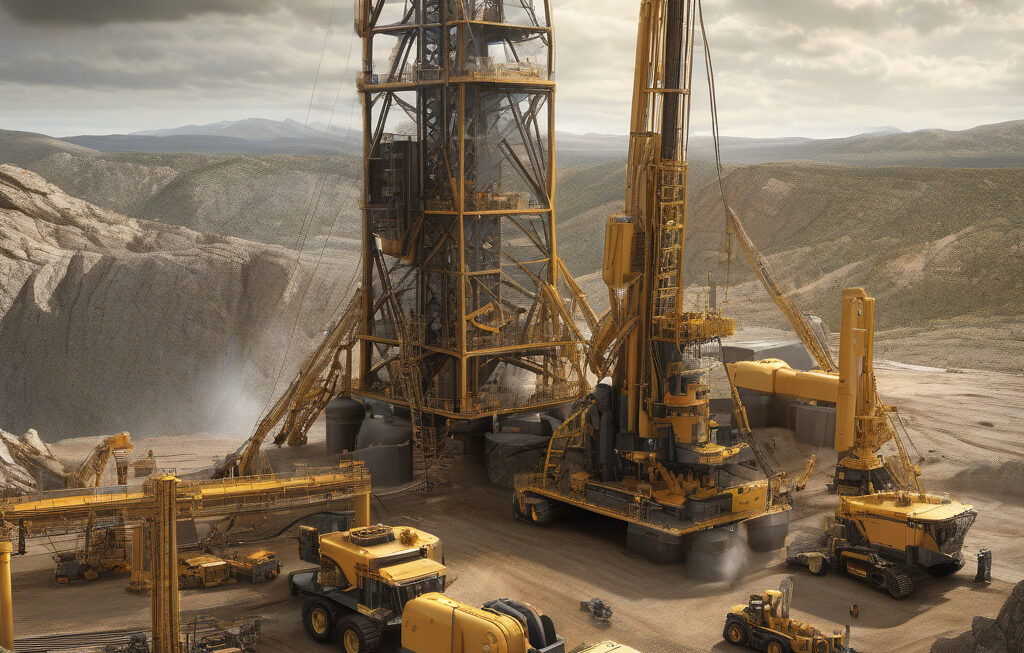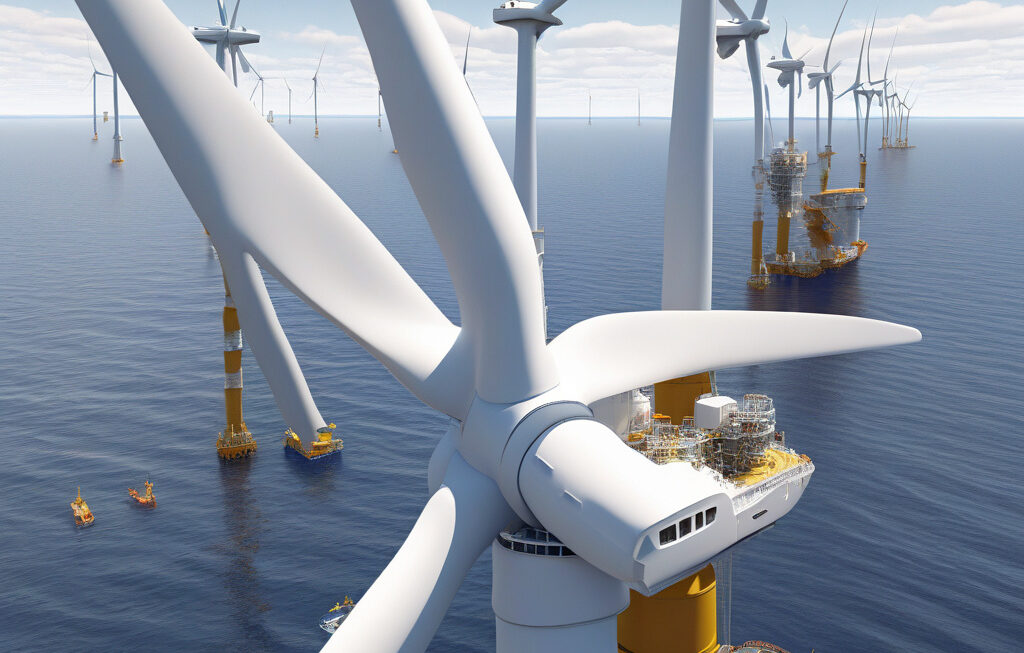Copper Alloy with Shape Memory: Powering Space and Hydrogen Tech at Extreme Cold
A collaborative effort by leading Japanese institutions has led to the development of copper-based alloy with shape memory capabilities, revolutionizing the way we approach power generation in extreme cold conditions. This innovative alloy, composed primarily of copper with small additions of other elements such as aluminum and manganese, exhibits the unique ability to return to its original shape after being deformed, even at temperatures as low as -150 degrees Celsius.
The applications of this groundbreaking copper alloy are vast, with significant implications for industries such as space exploration and hydrogen technology. In the realm of space travel, where temperatures can plummet to extremes, traditional materials often struggle to maintain their structural integrity. However, with the introduction of this shape memory alloy, spacecraft and satellite components can now withstand the harsh conditions of outer space without sacrificing performance.
Moreover, the use of copper alloy with shape memory has the potential to revolutionize hydrogen technology. As the world shifts towards sustainable energy sources, hydrogen has emerged as a promising alternative to traditional fossil fuels. One of the key challenges in harnessing the power of hydrogen lies in its storage and transportation, particularly in environments where temperatures dip well below freezing. By leveraging the shape memory properties of this innovative alloy, researchers have found a way to create reliable and durable infrastructure for storing and transporting hydrogen, even in the most frigid conditions.
The development of this copper-based alloy represents a significant leap forward in materials science and engineering. By combining the inherent conductivity and durability of copper with the shape memory capabilities of other elements, researchers have unlocked a new realm of possibilities for powering advanced technologies in the harshest environments imaginable. The potential applications of this alloy extend far beyond space and hydrogen tech, with implications for industries ranging from aerospace to renewable energy.
In addition to its remarkable technical properties, the copper alloy with shape memory also offers economic benefits. With copper being a widely available and relatively inexpensive material, the scalability of this innovation is promising. As industries look towards sustainable solutions that can withstand extreme conditions, the cost-effectiveness of this alloy makes it an attractive option for widespread adoption.
As we stand on the brink of a new era of technological advancement, the development of materials like copper alloy with shape memory paves the way for progress in fields that were once hindered by environmental constraints. With continued research and innovation, we can expect to see this alloy play a pivotal role in shaping the future of space exploration, hydrogen technology, and beyond.
In conclusion, the collaborative efforts of Japanese institutions in creating this copper alloy with shape memory have opened up a world of possibilities for powering advanced technologies in extreme cold conditions. From space exploration to hydrogen storage, the applications of this innovative material are vast and promising. As we move towards a more sustainable and efficient future, the role of materials science in enabling progress cannot be overstated.
copper alloy, shape memory, space tech, hydrogen, extreme cold












